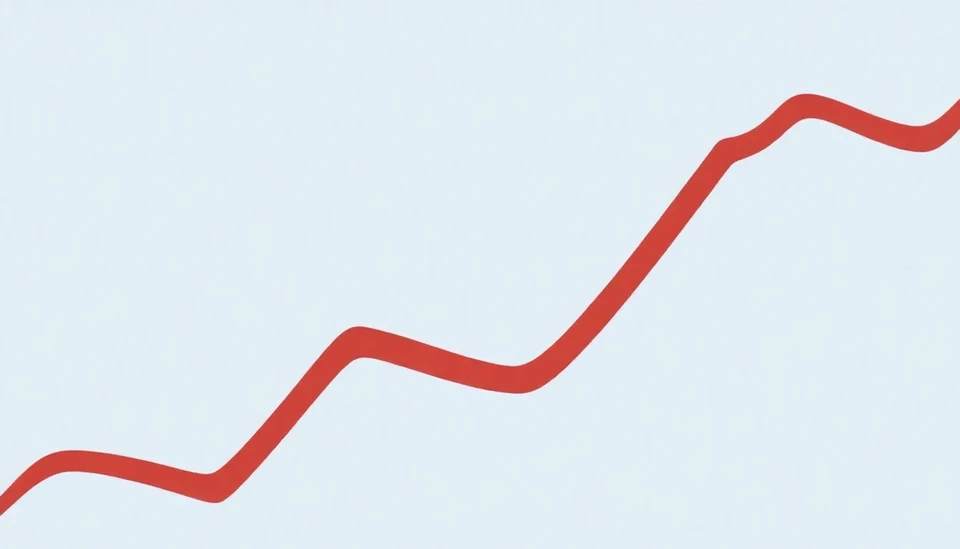
As the economy transitions away from the pandemic's immediate aftermath, new data is unveiling troubling trends in the U.S. labor market. Recent reports indicate a potential uptick in unemployment figures that could signal underlying vulnerabilities in the workforce, raising concerns among economists and policymakers alike.
During the previous month, the Labor Department released statistics revealing that initial jobless claims have nudged higher, exceeding analysts’ expectations. These figures, deemed a critical indicator of labor market health, have many questioning whether the economy is facing a seismic shift that could challenge recovery efforts.
One key factor contributing to this increase is the growing uncertainty in various sectors, exacerbated by shifting consumer spending patterns, inflationary pressures, and rising interest rates. Industries that once stood robust in their recovery appear to be retrenching as businesses reassess their workforce needs amid economic headwinds.
In particular, sectors such as retail and hospitality—once heralded for their rapid rebound—are starting to exhibit caution. With consumer confidence wavering, these industries are less inclined to hire aggressively, contributing to an overall stagnation in job growth. This slowdown could be ominous given the extensive job gains seen in previous months, suggesting a potential plateau that many were hoping to avoid.
Furthermore, concerns about the possibility of a recession loom larger on the horizon. Economists are closely monitoring indicators such as housing market trends and stock market volatility—both areas that have shown signs of slowing down. These elements could lead to reduced consumer spending and, consequently, job cuts in vulnerable sectors.
Compounding these challenges is the ongoing effect of inflation, which weighs heavily on the purchasing power of American consumers. As the cost of living rises, families are forced to tighten their budgets, shifting their buying patterns and prompting businesses to reevaluate their staffing requirements. This impact is already being felt in economic slowdowns across various states, leading to the question: Can the labor market withstand these pressures?
Officials have called for a renewed focus on job creation and economic stimulus, emphasizing the importance of strategic investments in technology and education. These initiatives could help pave the way for resilience in the labor market and prepare the workforce for future advancements.
As the U.S. navigates this critical juncture, experts stress the importance of keeping a close watch on employment numbers. With the landscape shifting and uncertainty prevalent, how the labor market evolves in the coming months could define the broader economic recovery.
In summary, the current state of the U.S. labor market is fraught with challenges. Adjusting to economic realities while striving to maintain employment levels is a delicate balance that policymakers must manage carefully moving forward.
#UnemploymentTrends #LaborMarket #EconomicRecovery #JobGrowth #InflationChallenges #ConsumerConfidence #PolicyResponse #EmploymentFigures
Author: Daniel Foster




